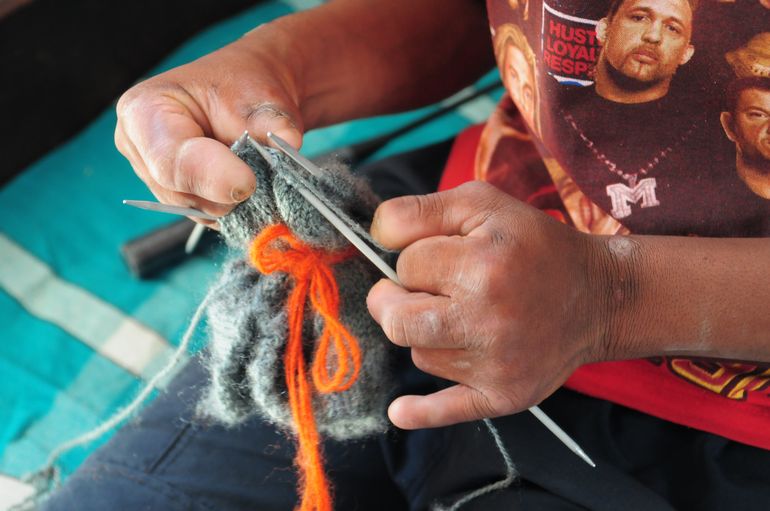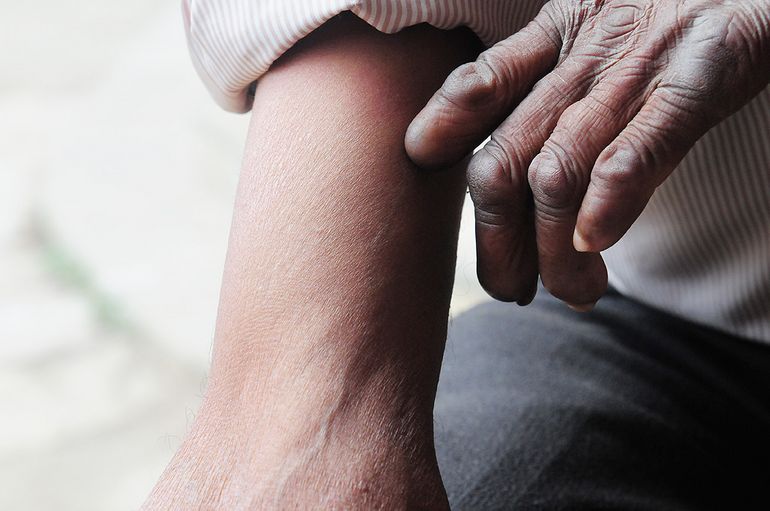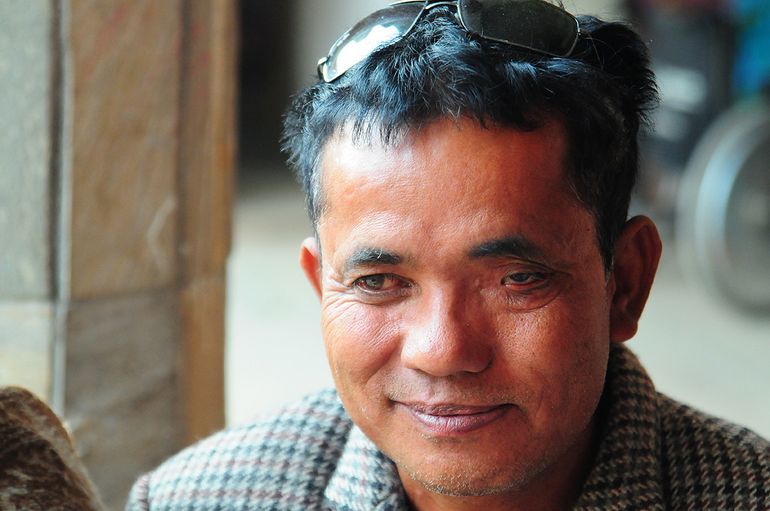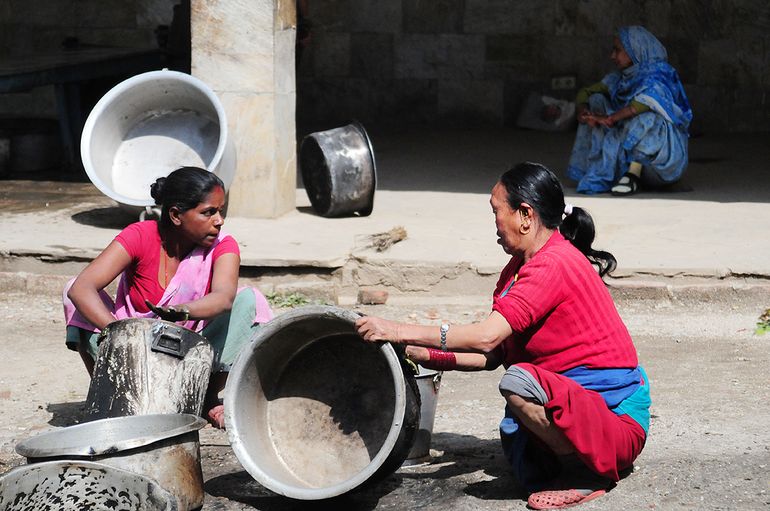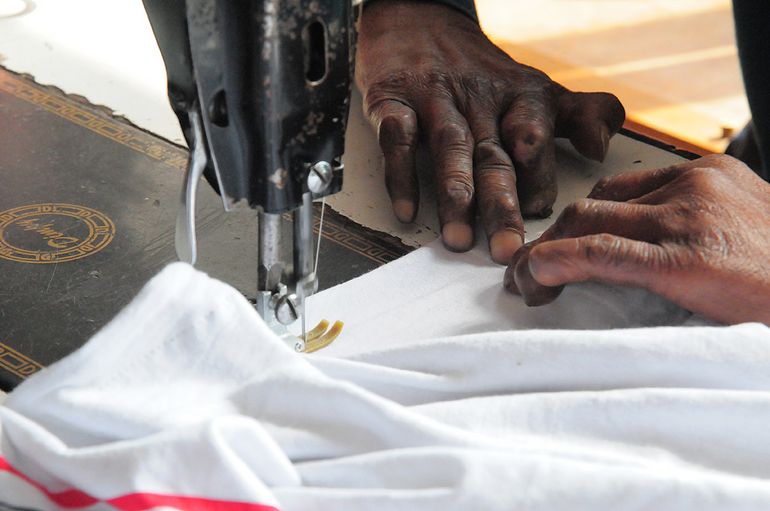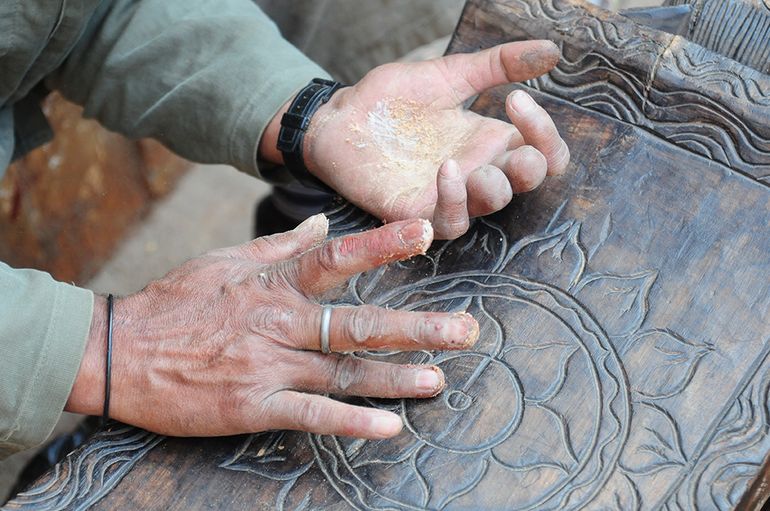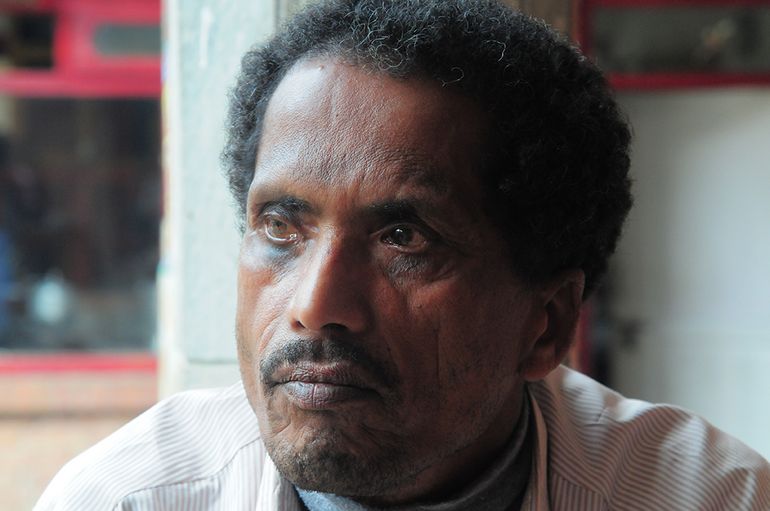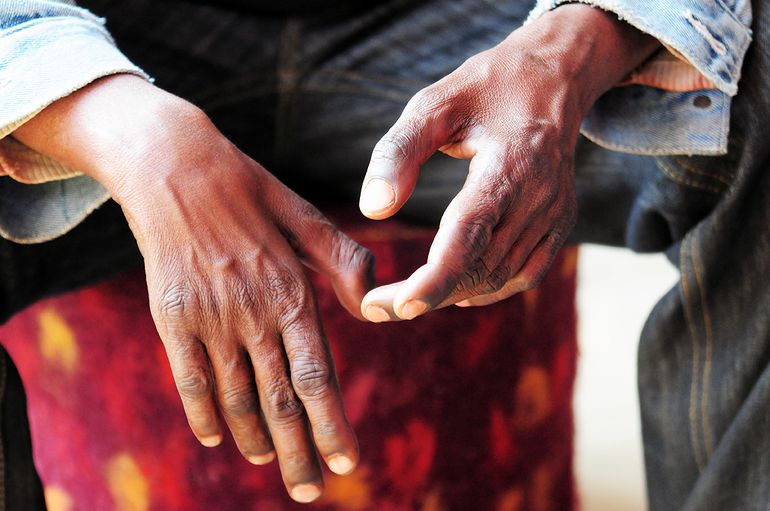A DISEASE THAT HAS NOT YET BEEN ERADICATED
Leprosy is a contagious disease caused by bacteria (Mycobaterium leprae) that primarily affects the skin, mucous membranes and nerves. Historically, lepers were isolated from society due to the threat of contagion. In Kathmandu and many other Asian cities there were actual leper ghettos, where the ill wasted away under the most miserable conditions.
Each year, an estimated 230-270,000 people worldwide are infected with leprosy (as of 2008, statement from the German leprosy and tuberculosis aid organisation, Deutsche Lepra- und Tuberkulosehilfe e.V.)
The scarce availability of medical care is the reason why there are still so many leprosy cases in Nepal. There are only a few leprosy stations in the country that offer free treatment – and the ill have to reach these first. As is to be expected, the routes are arduous – especially in the mountain regions – and poverty also contributes to the fact that leprosy sufferers do not get the help they need (as well as other sick people).
THE HYGIENIC CONDITIONS ARE DECISIVE
Leprosy is an airborne infection. The threat of infection depends on the hygienic conditions and the stability of the immune system. If the body's natural defences are already weakened by poor living conditions or malnutrition, then it is easier for the leprosy bacteria to take hold.
The first symptoms are light spots or stripes that run along the skin, frequently on the arms. The skin loses sensation at these points and becomes numb. As a result, injuries, heat, cold and pain can no longer be perceived.
Other disease germs can enter the body through open skin wounds and cause severe infections and inflammation. They destroy the tissue and frequently the bones as well. In the worst cases, fingers, toes and even whole limbs must be amputated.
Because the tendons shrink over the course of the disease, the fingers become gnarled and result in so-called “claw hands”.
LEPROSY ALSO AFFECTS THE EYES
The eyes are also affected frequently. The lower eyelid droops due to nerve damage. It becomes loose and hangs down. As a result, the cornea and conjunctiva are no longer coated by tears; instead, the eye waters constantly and the surface of the eye dries out.
In addition, the eye is no longer covered while sleeping. Mosquitoes can then prey on the eye surface and transfer bacteria. In turn, this leads to painful infections and ulcers that result in even more damage to the cornea until it is so badly damaged that the eye goes blind.
For this reason, the lower eyelid must be tightened through surgery as quickly as possible if it begins to droop. Shanti residents are operated on in the highly qualified eye clinic directly adjacent to the leprosy station; it is not unusual that several surgeries are required in order to protect the eye.
If leprosy is treated with antibiotics, then the ill are no longer contagious, but often marked for life. They are cast out of their families and villages; in Nepal illness and disability is considered a punishment from the gods. According to Hindu beliefs, coming into contact with these people can be damaging for the next reincarnation.
For this reason, most sick and disables people are homeless and must beg at the temples and other public places. Helping people out of these miserable conditions was a major reason why Shanti Leprahilfe was founded.
